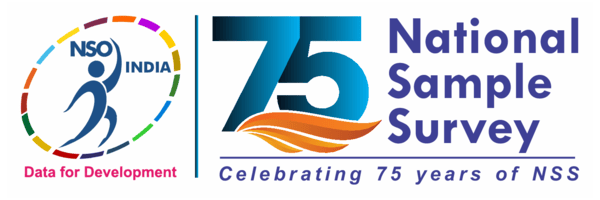| Value | Category | Cases | |
|---|---|---|---|
| 01 | Bottled water | 1484 |
1%
|
| 02 | Tap | 70909 |
46.2%
|
| 03 | tube well/hand pump | 58501 |
38.1%
|
| 04 | Protected well | 7511 |
4.9%
|
| 05 | Unprotected well | 7519 |
4.9%
|
| 06 | Tank/pond (reserved for drinking) | 1610 |
1%
|
| 07 | Other tank/pond | 673 |
0.4%
|
| 08 | River/canal/lake | 1419 |
0.9%
|
| 10 | Spring | 2848 |
1.9%
|
| 11 | Harvested rainwater | 176 |
0.1%
|
| 19 | Others | 866 |
0.6%
|

